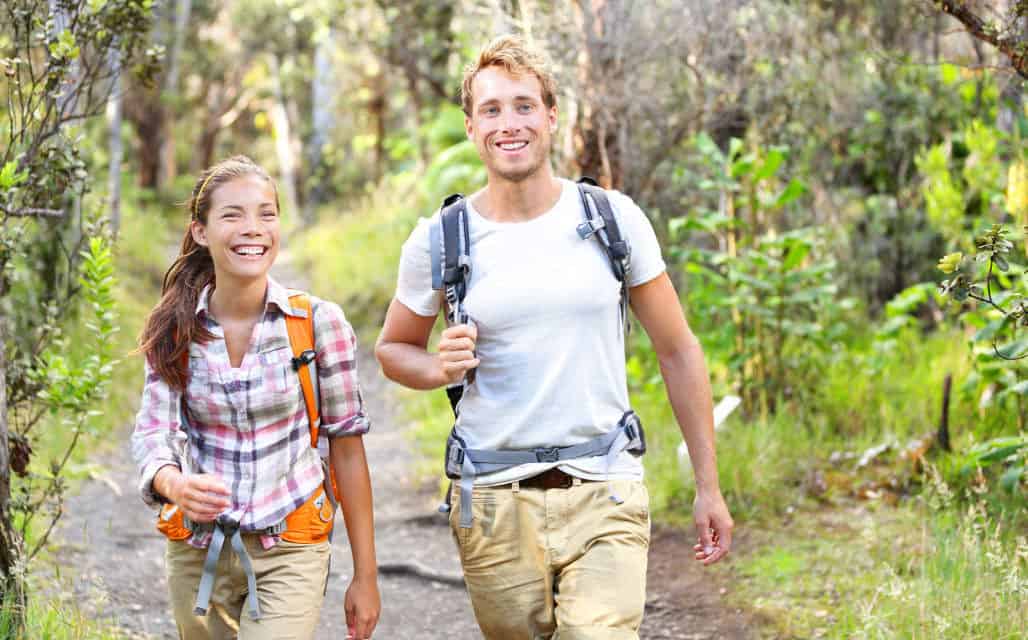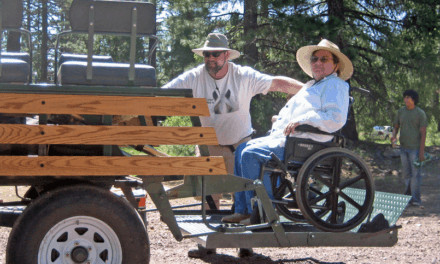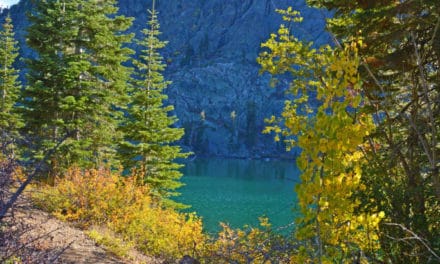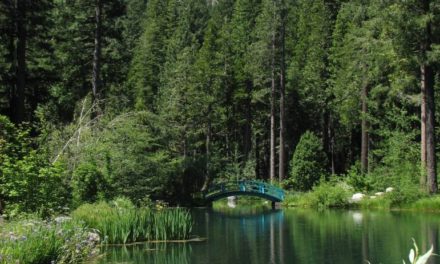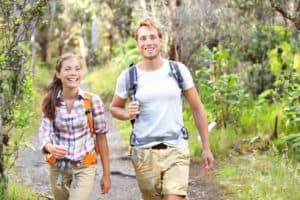
The national forests in California offer a wide variety of recreational opportunities and beauty. With the wonders of adventure, however, come certain hazards.
The most effective way to prevent mishaps is to adequately prepare for the trip. Knowledge of the area, weather, terrain, limitations of your body, plus a little common sense can help to ensure a safe and enjoyable trip. For example, be aware of hiking conditions. If you plan to enjoy the rivers and streams, make sure you are aware of the depth and speed of the water. Take care of yourself and your pets and be alert to changing conditions, wildlife habitat and any potential hazards. Here are some further tips to assist you in having a safe and pleasurable visit to one of California’s 18 national forests.
- Travel with a companion. You don’t want to be by yourself in case of an emergency. Tell someone where and when you are going, when you expect to return, and how many individuals are in your party.
- Be in good physical condition. Set a comfortable pace as you hike. A group trip should be designed for the weakest member of the group.
- Stay hydrated. You, your children and your pets.
- Think about your footing while traveling near cliffs. Trees and bushes can’t always be trusted to hold you. Ensure you are on solid ground.
- Stay on developed trails or dry, solid rock areas with good footing. Wear appropriate clothing and footwear for the trail conditions and season.
- Check your equipment. Keep your equipment in good working order. Inspect it before your trip. Do not wait until you are at the trailhead.
- Be weather wise. Keep an eye on current and predicted weather conditions – for example, how hot it will be for the day. Know the signs for approaching storms or changing weather conditions. Avoid bare ridge tops, exposed places, lone trees, streams, and rocks during lightning storms. Find shelter in a densely forested area at a lower elevation. Even in the summer, exposure to wind and rain can result in hypothermia.
- Learn basic first aid so you will know how to identify and treat injuries and illnesses. Carry a first aid kit with you. Learn how to identify the symptoms of heat exhaustion, heat stroke, hypothermia, and dehydration, and know how to treat them.
- Make camp before dark. Traveling after darkness has resulted in many accidents from falls, so travel only during daylight. Set up camp well away from the edge of cliffs, and learn the terrain during daylight. If you have to leave camp after dark, stay in areas you have seen in daylight, go with a friend, and always use a good flashlight.
- Be alert for slippery areas and take your time to avoid tripping. Low-hanging branches and variable terrain makes running unsafe, and leaves can hide slippery areas underneath.
- Alcohol does not mix with cliffs or water play activities! If you drink, stay away from cliffs and from skilled water activities. Judgment, agility, and balance are all reduced by alcohol consumption.
- Think before you drink! No matter how clean or pure stream water looks, it’s likely to contain water-borne parasites and microorganisms that can cause discomfort and sometimes serious illness. Pack your water in, or purify through chemical treatment.
- Wildfires: Despite heavy precipitation in some parts of the state and late snowfall across the Sierra, forest visitors should not let their guard down for wildfires. As summer temperatures continue to dry out vegetation, the fire danger is increasing. Whether you’re car-camping or backpacking with a portable stove, know the local fire restrictions in the area in which you’re visiting.
- Campfires: In areas where open campfires are allowed, always make sure yours is completely extinguished before leaving. Drown your fire with water and stir it until it’s cold to the touch. Abandoned campfires are illegal and consistently rank as the number one cause of human-caused fires in California and the nation.

